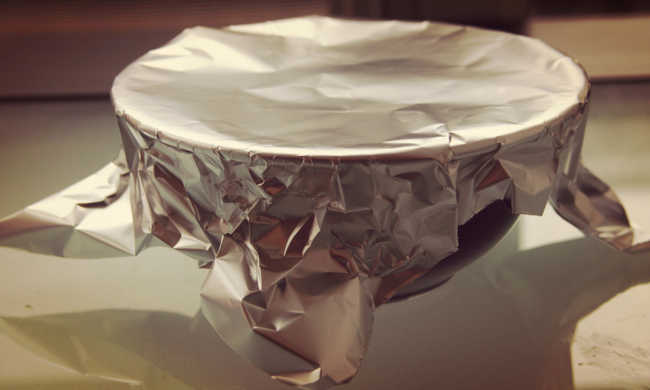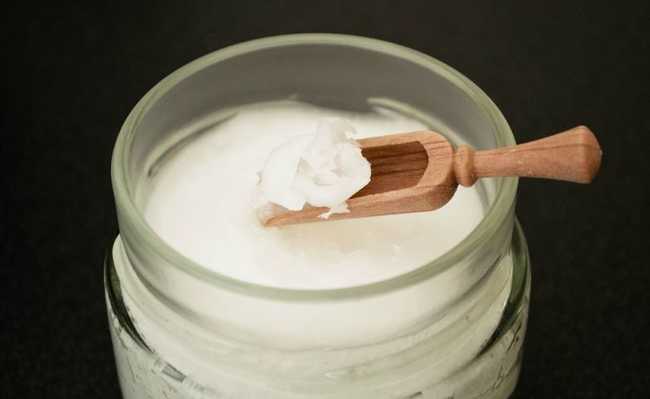What to do with old stabilizers?
Collection stations for recycling electronics in general are the best destinations for stabilizers when their useful life has already come to an end.

Stabilizers are electronic devices responsible for correcting mains voltage and protecting other electronic items connected to them. The sale of this type of product began in Brazil in the 1940s, due to the poor quality of the electricity distribution service.
Currently, even with the relative improvement in the quality of energy distributed to domestic consumers in the country, there is still a need to use stabilizers. There are many factors for this. One of them is the fact that Brazil is the world champion in lightning strikes, causing annual losses in the order of billions of reais due to damage to electronic equipment when there is a sudden increase in electrical voltage caused by lightning.
Occupation
Electrical equipment rarely consumes all the energy available to them on the network. With this, a small part of the energy not consumed ends up returning to the grid in the form of distortions in frequency and electrical voltages. When many pieces of equipment consume a lot of energy at the same time, this distortion is intensified, which usually shortens the useful life or causes damage to electrical equipment.
The stabilizer is able to prevent or attenuate fluctuations in electrical voltages and frequencies before they cause damage to the electrical equipment connected to it. This is done in such a way as to lower the electrical voltage when it is too high and strong, or to increase it when it is too low and weak.
Still, a very strong electrical discharge has enough force to pass through the stabilizer and cause damage to electrical equipment connected to it. But this is often rare. Normally, the stabilizer usually performs one of its functions serving as a barrier, being itself affected when there is a variation in voltage or electrical frequency.
Controversy
There are many controversies about modern stabilizers when it comes to efficiency. For some experts, the use of stabilizers worsens energy efficiency and increases the pollution of the electrical network and the consumption of energy in the home. These experts also point to the lack of need to have a stabilizer at home, since many modern electronic devices have their own protective equipment already built in. This would make the use of stabilizers unnecessary, as they would only worsen the quality of energy used by electrical equipment. On the other hand, Brazil is the world champion in lightning strikes and the damage caused, as we have already seen, is billionaire. In addition, modern equipment is very sensitive to electrical variations in the network, so its use would be recommended.
Components
The parts and inner workings of a stabilizer have not changed much since the invention of this device and its introduction to the market. Its more modern versions have a plastic casing, a circuit board with fuses and resistors connected to a protection system.
Its operation is very simple. On its way to the power take-off, the phase wire passes through a ring of magnetic material wrapped with the wire - also known as a simple electromagnet or toroidal coil. Variations in the current in the wire cause electromagnetic forces in the electromagnet, attenuating the pollution from the electrical network.
Recycling
If your stabilizer or fuses have blown but the equipment connected to it has not, then the stabilizer has done its job. Its main function is to protect the equipment connected to it.
Fixing a stabilizer is simple. If only the fuse has blown, just replace it. Electronic parts can be repaired or replaced by a specialized technician. But if the toroidal coil has been damaged, then it is recommended to replace it. As the most robust part of the stabilizer, this part needs the least repairs and can withstand the greatest electrical loads or weathering without problems. Furthermore, it can be reused in new stabilizers if the other parts have been damaged. But when the problem is with her, there is no solution.
When disposing of stabilizers, it is good to remember that most of a stabilizer is recyclable, as it is made of plastic and metallic materials. However, as it contains circuit boards and because it uses some heavy metals (as in every electronic device), it is not possible to say that its recycling is simple. Some specific electronics stations make the separation of recycling parts easier and forward the most complicated to the best possible destination.










